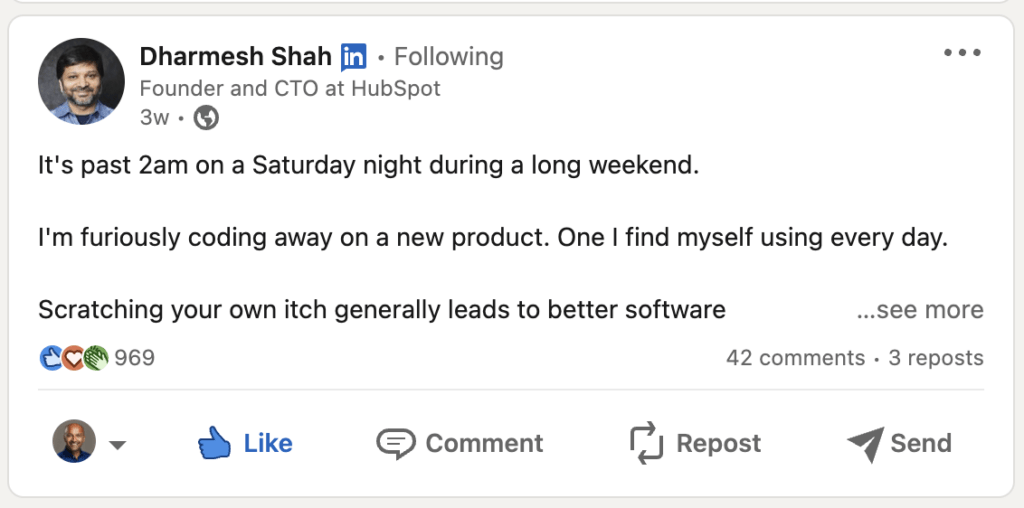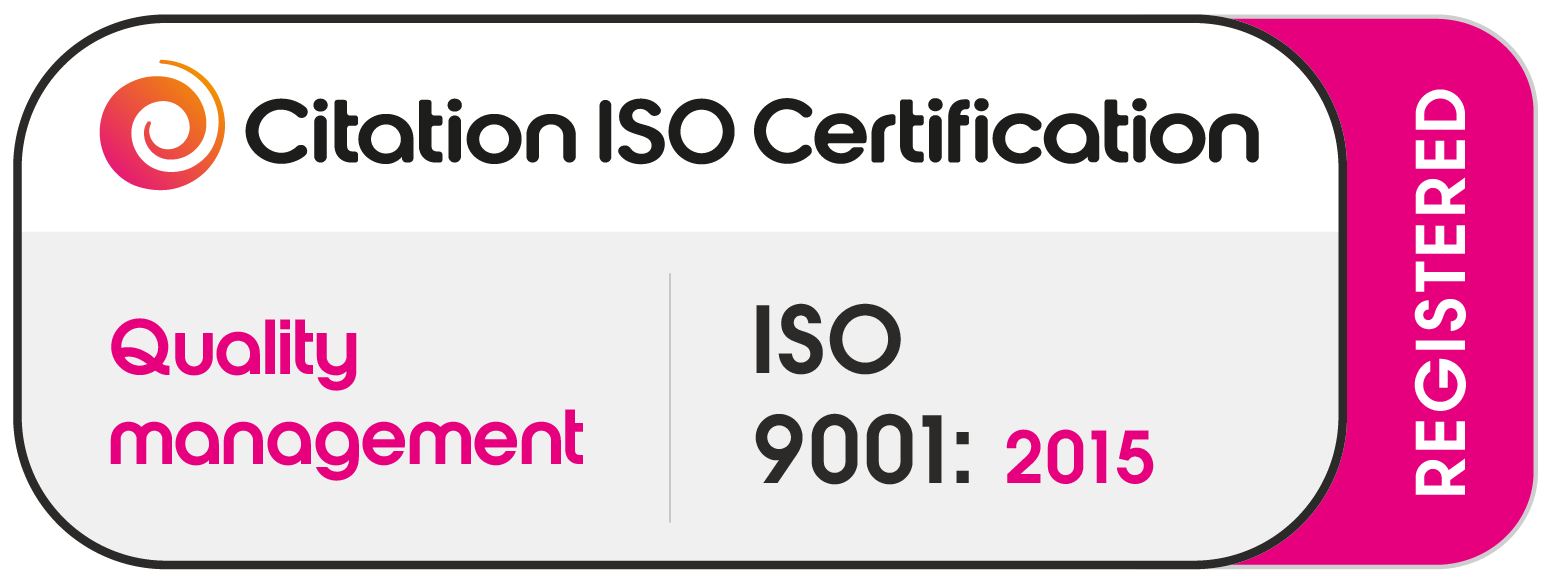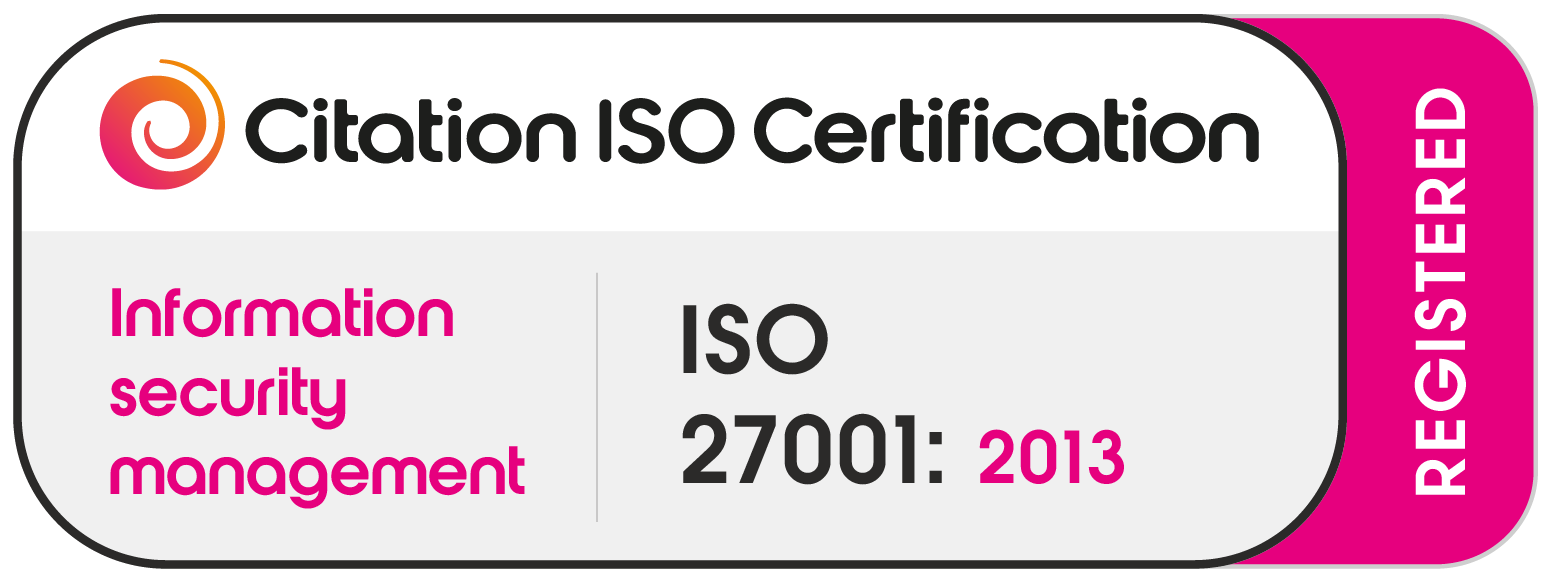Fine. AI is hot right now. Ever since the release of ChatGPT, our work has been revolutionised. ChatGPT is your buddy, your ‘co-pilot’. Shifting the internet from providing information to providing intelligence or research as we go through our daily duties.
The worrying question is, ‘will our brains go to mush?‘ as technology begins to seep into our thinking and overtake our thought processes in speed and structure. Mushy brains looking something like this:

I think we will be ok. Before ChatGPT, I’d used Jasper as I constantly wrote for my work. I liked the product and found myself becoming more reliant on it. Primarily for structuring new content and blogs in particular. After a while, though, the copy felt quite long, and the blogs were repetitious. This wasn’t a problem with Jasper but engagement – I’d stopped using the creative process, so it felt like work.
But having used these products for a year, they feel natural to use daily. What is interesting, though, is how these platforms are being integrated into our daily products. At the time of writing, Microsoft’s Bing appears to be the highest-profile tool out there other than ChatGPT.
What is a Co-Pilot?
A co-pilot is an AI system that works alongside a human to help them complete tasks more efficiently. In the world of coding and programming, a co-pilot is a tool that uses machine learning and natural language processing to assist developers in writing code. Co-pilots can suggest code snippets, offer advice on syntax errors, and even write code themselves based on the developer’s inputs.
The rise of the Co-Pilot
I’ll be honest, and over my very long tech career, I’ve always ignored the statements about ‘the world getting faster’ or ‘more complex’. I always felt there was a marketing spin and negativity with these statements – as in; you’d better keep up; otherwise, you lose out.
But. Now I buy in into this statement. I see new ideas and products weekly. Dharmesh Shah, CTO of the CRM behemoth Hubspot, announced a few weeks ago on LinkedIn he was furiously coding away:

2-3 weeks later, he’s released a mind-blowing, game-changing product. Not a feature. A PRODUCT. That changes the way we work. Get that – how he has enabled a totally different way to interface to software.

Ignoring Dharmesh has one of the most interesting ‘playgrounds’ to code in, and he obviously loves his job. This level of pace and innovation is incredible.
The Benefits of a Co-Pilot
Co-pilots offer several benefits to office work and coding, making them invaluable tools in today’s world. In Dharmesh, he’s already shown he can solve a well-known business issue. Salespeople don’t often keep their CRMs up to date. As proof of this, I met a firm recently that paid for the full-blown enterprise version of HubSpot ($$$), but the salespeople were using spreadsheets.
It’s also interesting to think of the business benefit he is providing his firm – increased product usage, more stickiness, faster to market and most importantly, more data being added to the platform.
Granted, the Hubspot team can’t access all that data, but each customer becomes more reliant on the goodness this data represents.
I think, in a way, Dharmesh has realised the HubSpot sequel in situ. Something like ‘Hubspot the Revenge’.
So the benefits (thanks to ChatGPT) of a Co-Pilot could be seen as:
- Increased Efficiency: Co-pilots can help developers complete coding tasks more efficiently by offering suggestions and automating repetitive tasks. This frees up developers’ time to focus on more complex and creative tasks.
- Improved Code Quality: Co-pilots can help improve code quality by identifying syntax errors and offering suggestions for better solutions. This can reduce the likelihood of bugs and errors in the final product.
- Reduced Cognitive Load: Writing code can be mentally taxing, and co-pilots can help reduce cognitive load by automating repetitive tasks and offering suggestions. This can lead to a more productive and less stressful work environment.
- Accessibility: Co-pilots can help make coding more accessible by assisting those new to coding or who have difficulty with syntax or other technical issues. This can help bridge the digital divide and make coding more inclusive.
The downsides of Co-Pilot Working
Of course, there is a downside to becoming reliant on tech for our thinking. For fans of the UK version of the hit television show The Apprentice, contestants could not use a map during one of their activities. Of course, the television program and its editors focused on this observation and made excellent viewing. it even made headline news;
Here are a few potential disadvantages of relying heavily on co-pilots in office work and coding:
- Over-reliance on Technology: Co-pilots are designed to assist humans in their work, but there is a risk that people may become overly reliant on them. If humans rely too heavily on co-pilots, they may lose the ability to think critically and creatively, impacting their ability to problem-solve independently.
- Biases and Limitations: Co-pilots rely on the data they are trained on, which can lead to biases and limitations in their recommendations. For example, if a co-pilot is trained on a dataset that is not diverse, it may not be able to provide optimal solutions for a more diverse range of problems.
- Security Risks: Co-pilots are powered by artificial intelligence, and there is a risk that they could be hacked or manipulated to perform malicious actions. As co-pilots become more sophisticated and integrated into different areas of work, it is essential to ensure that they are secure and protected from potential threats.
- Cost and Access: Co-pilots require significant investment in technology and infrastructure; not all businesses may have the resources to implement them. This could create a divide between businesses that can afford co-pilots and those that cannot, leading to a potential competitive advantage for larger businesses.
- Job Displacement: As co-pilots become more capable of performing complex tasks, there is a risk that they may replace human workers in certain roles. This could lead to job displacement and require workers to acquire new skills to remain competitive.
The Future of Co-Pilots
I think I will increase my use of these tools, and our development team cannot wait to build them into our product. But as investors and AI experts are already seeing. Adding generative AI into platforms for the sake of it might be exciting but it could be a mistake.
Noting experiments and mistakes is a key part of learning and why working in tech is enjoyable.
The emergence of co-pilots is just the beginning of a new era in office work and coding. As machine learning and natural language processing continue to advance, co-pilots will become more sophisticated and capable of handling more complex tasks.
However, the rise of co-pilots also raises concerns about job displacement and its impact on the workforce and their cerebral capacity.
As technology continues to automate more tasks, it is essential to consider the potential impact on employment and to ensure that workers are equipped with the skills and training they need to adapt to these changes.
Conclusion
I am excited to see the likes of ChatGPT and other tools arrive in my era. The co-pilot ‘assistant’ represents an exciting new chapter in how we work and code.
With the help of generative AI and language models such as ChatGPT, we can expect to see increased efficiency, improved code quality, and reduced cognitive load in the workplace.
As this technology continues to evolve, it is essential to consider the potential impact on the workforce and to ensure that workers are prepared for the changes ahead.
I personally don’t think our brains will adapt as ‘badly’ as they did with GPS tracking; our brains won’t go to mush as the technology can be used as an enabler.
After all, if Dharmesh managed what he did in a few weeks. What else is on the horizon?







